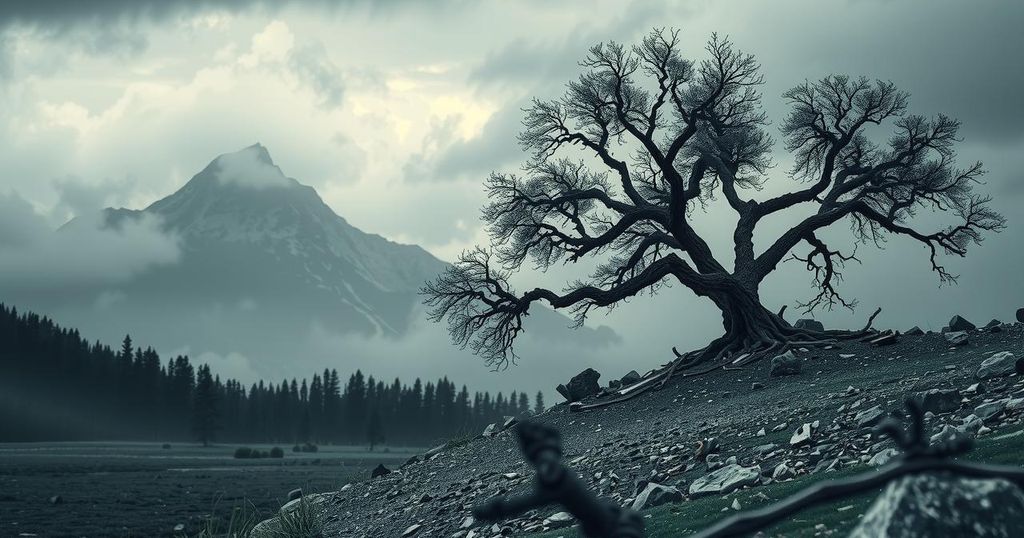In an alarming escalation of violence in the eastern DRC, over 773 people have died and nearly 2,880 have been injured. The M23 rebel group, reportedly supported by Rwanda, has taken control of Goma. This conflict has historical roots, involving ethnic tensions from the Rwandan genocide aftermath and control over natural resources, contributing to ongoing humanitarian crises.
In a severe escalation of violence, over 773 individuals have lost their lives and 2,880 have been injured in the eastern Democratic Republic of Congo (DRC) within the last week. The city of Goma is at the center of these hostilities, where intense confrontations have erupted between the Congolese military and the M23 rebel group, which is allegedly supported by Rwanda.
The March 23 Movement (M23), a significant rebel group in eastern DRC, has been responsible for years of violence. Following a major offensive in January 2025, the group seized control of vital regions, leading to the displacement of hundreds of thousands of civilians. This situation has intensified tensions between the DRC and Rwanda, with accusations of Rwandan support for the rebels.
Formed in 2012, M23 is composed primarily of Tutsi fighters and emerged after military defections. The group claims to protect the rights of the Tutsi minority, asserting that the Congolese government breached a peace agreement from March 23, 2009. Despite efforts to disarm them, M23 has regained power and external backing, perpetuating ongoing conflict.
The conflict escalated again in late January 2025 when M23 launched an offensive that enabled them to capture Goma, the capital of North Kivu province, which has a population exceeding two million. The rebels have continued to widen their territorial control, with fears that they may push towards Kinshasa, the DRC’s capital.
This conflict has instigated a humanitarian crisis, displacing over 400,000 individuals since January. Health facilities are overwhelmed by the increasing number of wounded civilians, with intense combat resulting in numerous casualties, including at least 100 deaths and nearly 1,000 injuries in Goma within just three days.
Multiple factors contribute to the exacerbation of this violence. The DRC government has accused Rwanda of facilitating M23, declaring the occupation of Goma a “declaration of war.” Increased arming and training of M23 also indicate substantial external assistance has been received.
Furthermore, the abundance of natural resources in eastern Congo intensifies conflict, as competing groups vie for control of lucrative minerals essential for electronics. Ethnic tensions originating from the aftermath of the 1994 Rwandan genocide continue to inflame hostilities, perpetuating cycles of violence and complicating peace efforts.
The escalating violence in the eastern Democratic Republic of Congo stems from long-standing ethnic tensions, historical conflicts following the Rwandan genocide, and struggle over valuable natural resources. The M23 rebel group, which claims to defend the Tutsi minority’s rights, has resurfaced due to perceived support from neighboring Rwanda, triggering humanitarian crises and impacting regional stability. The conflict is multifaceted, involving geopolitical interests and a complex social landscape.
The recent surge of violence in the eastern DRC signifies a critical humanitarian crisis, highlighted by the significant loss of life and displacement. The continued conflict involving the M23 rebel group, with potential backing from Rwanda, threatens to destabilize the region further. Addressing the intertwined issues of ethnic conflict and resource control will be essential for achieving lasting peace in the area.
Original Source: sofrep.com






